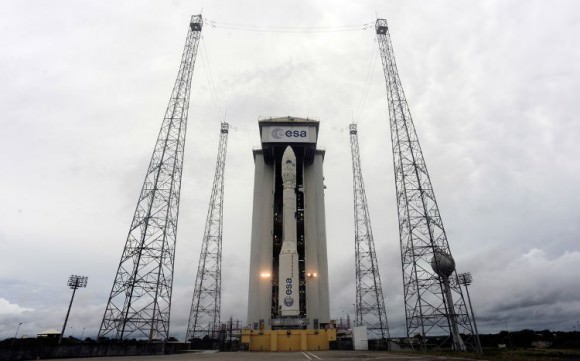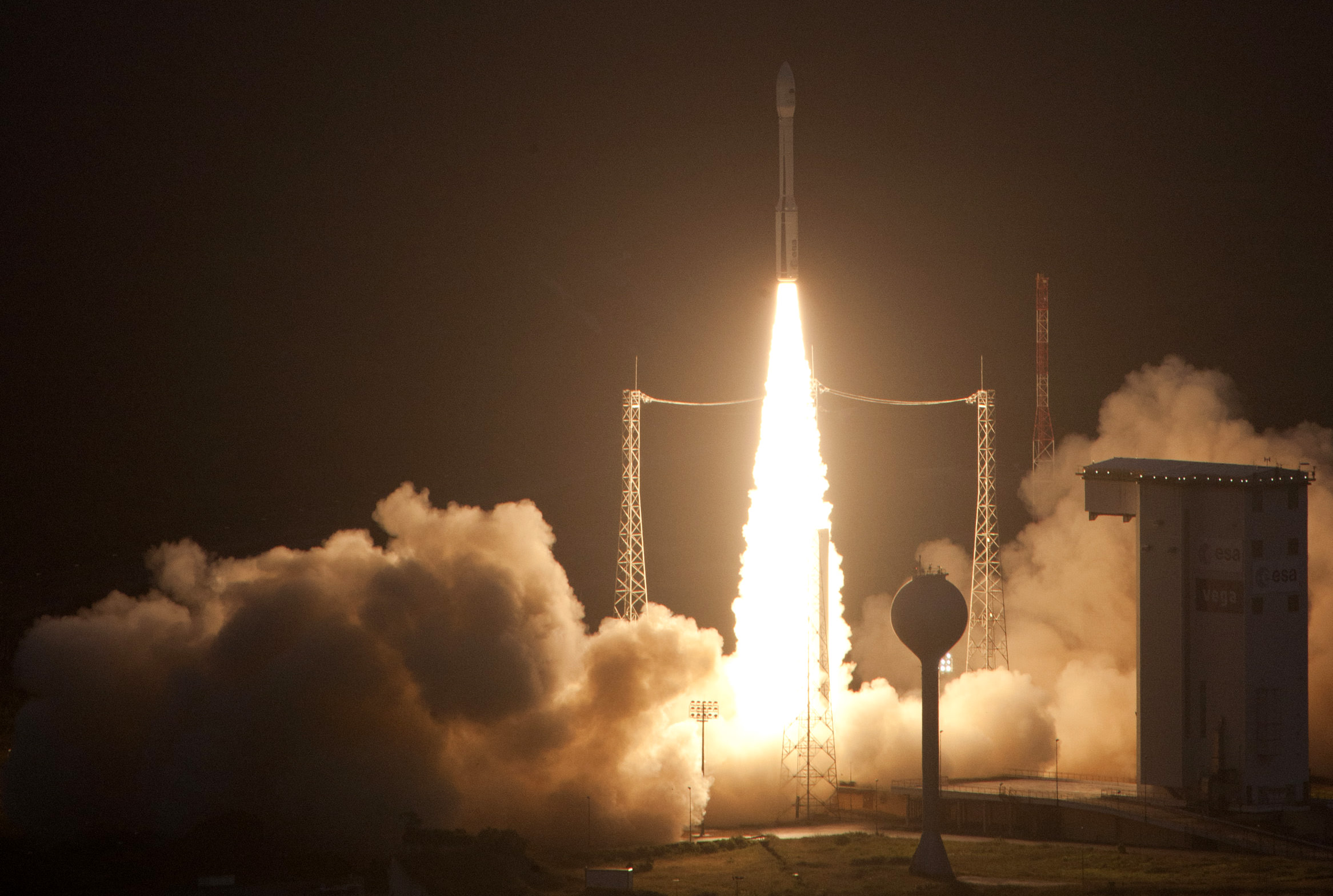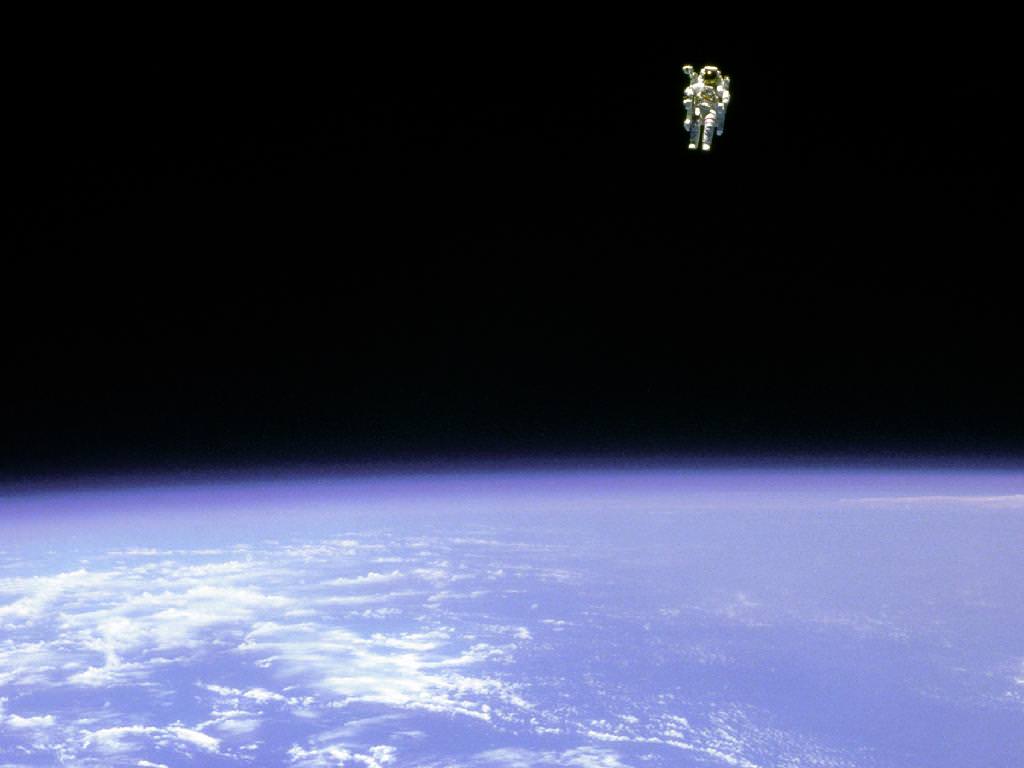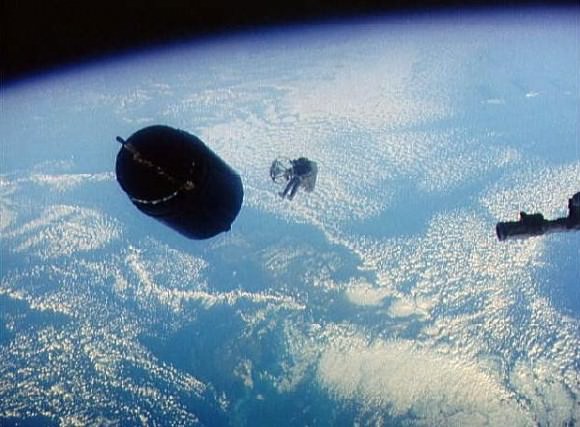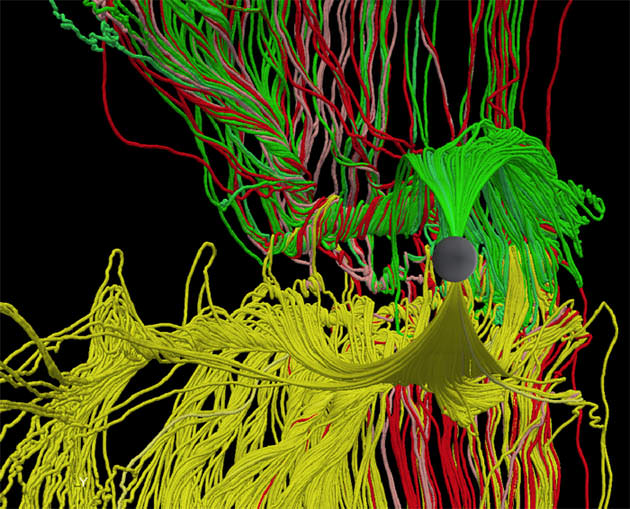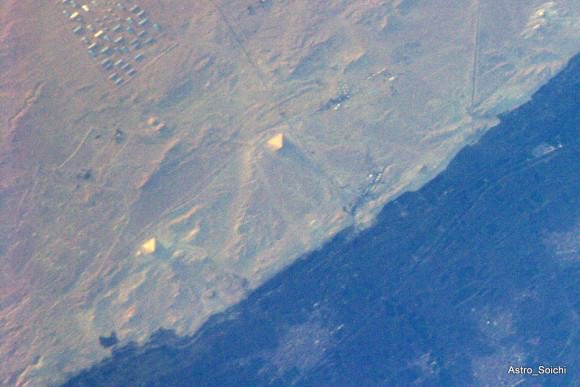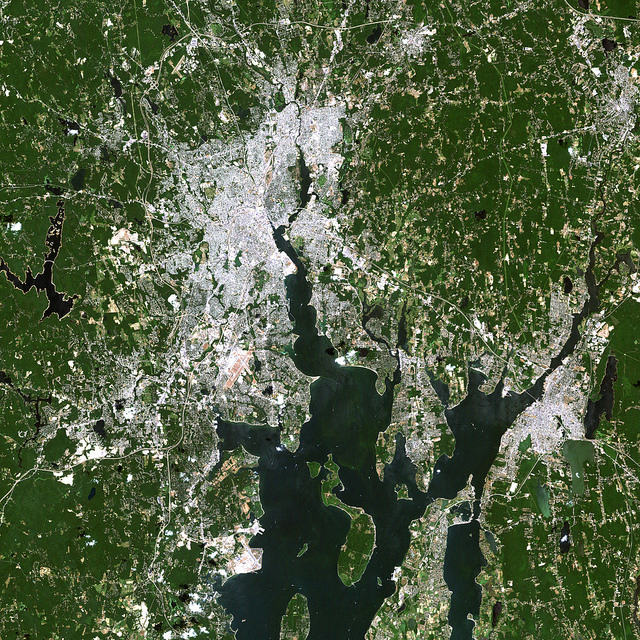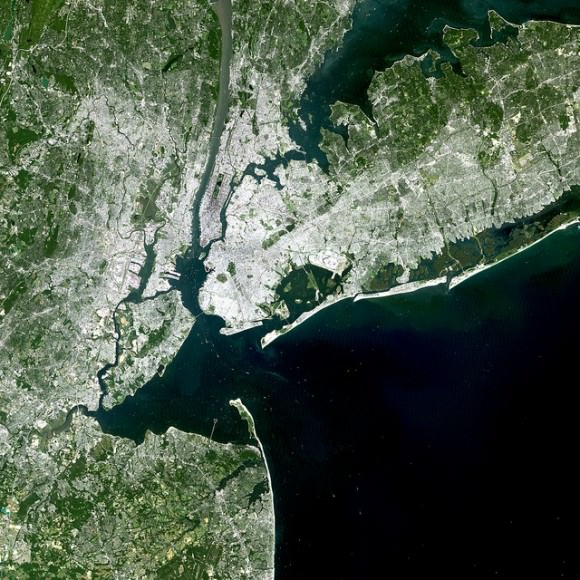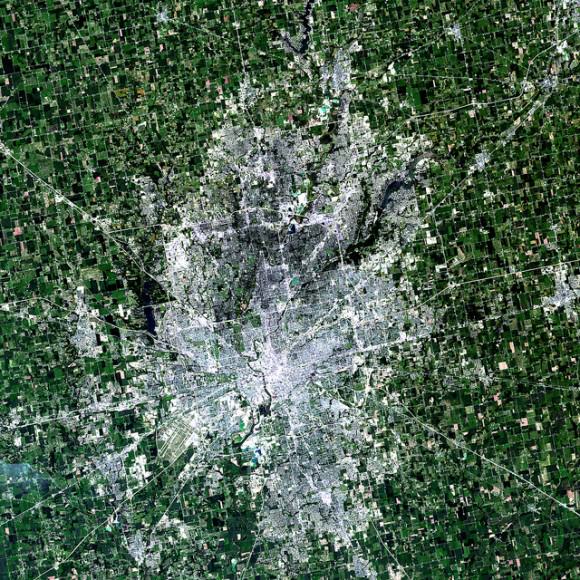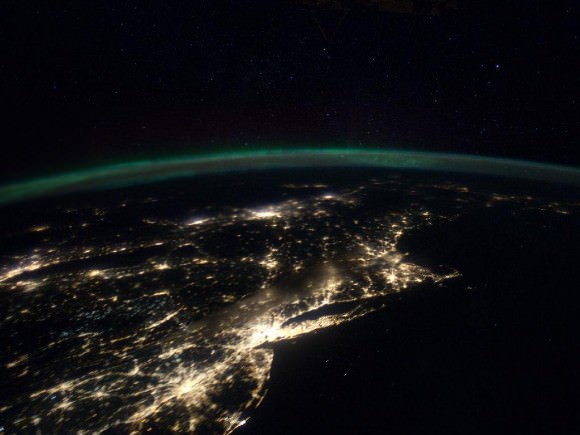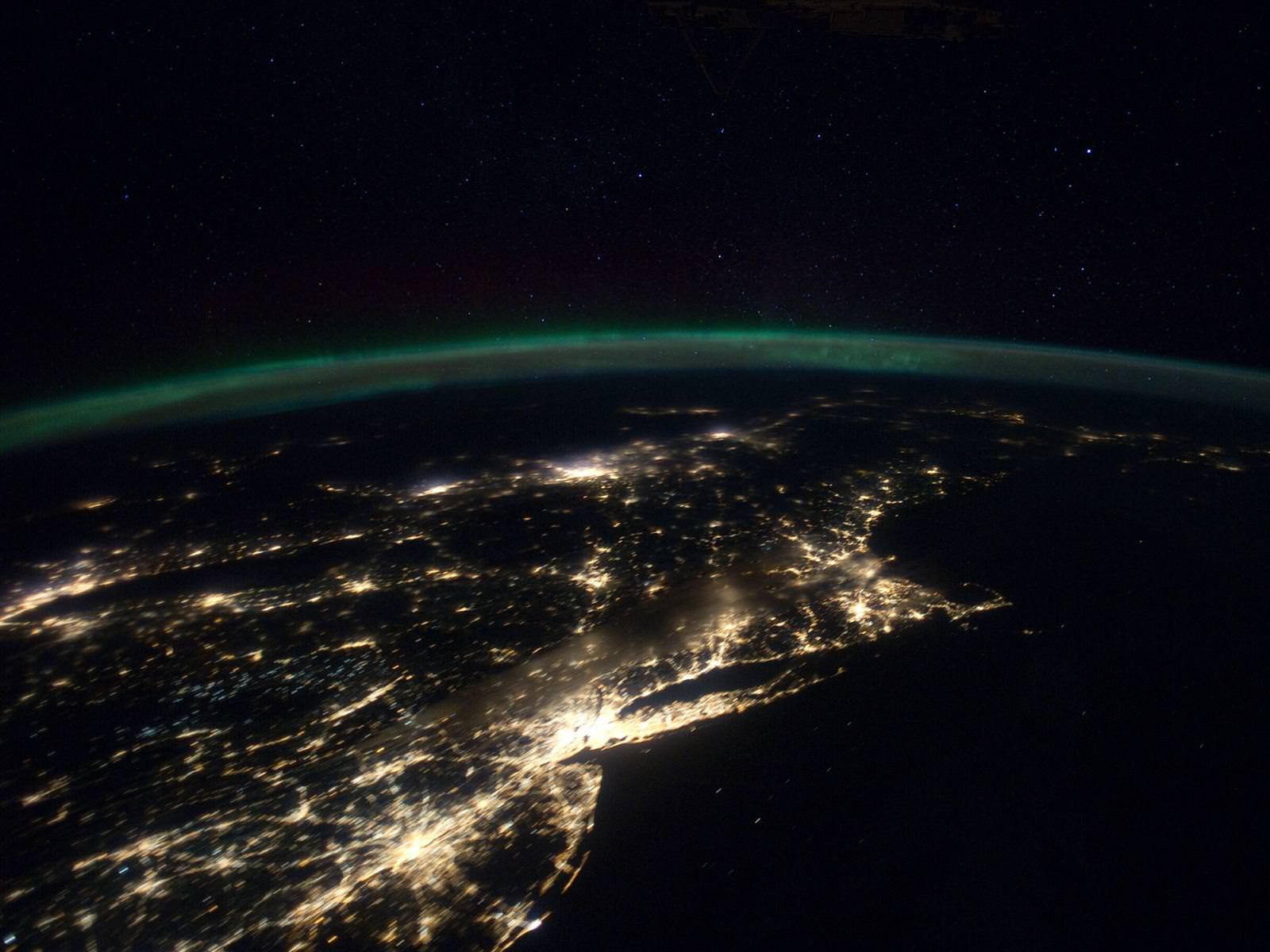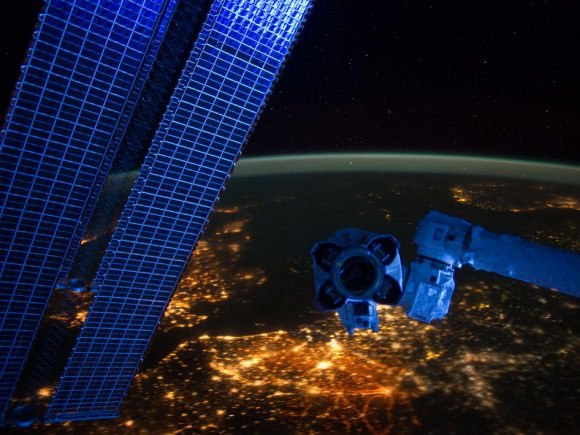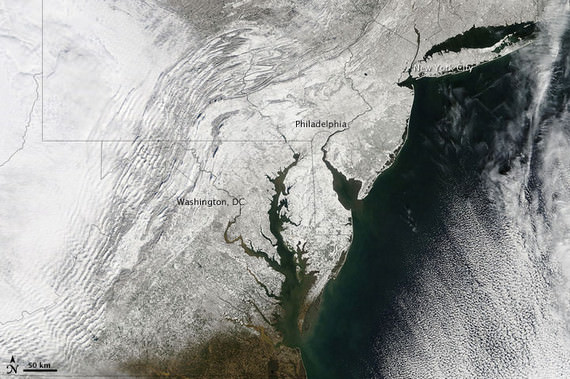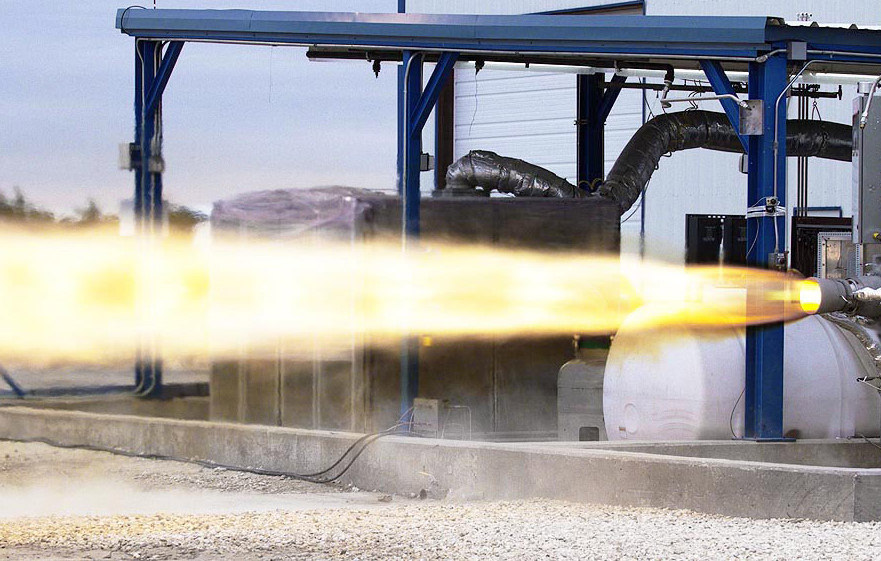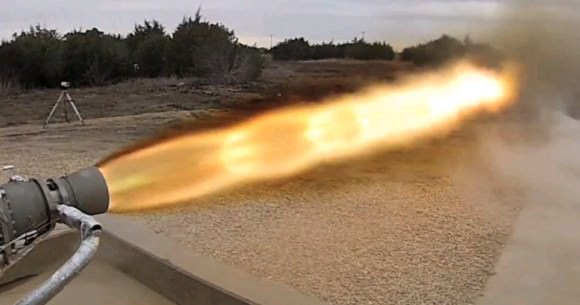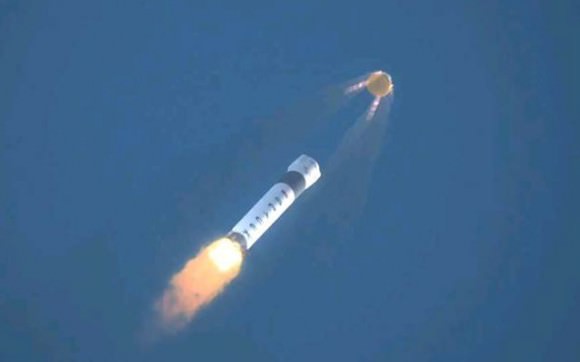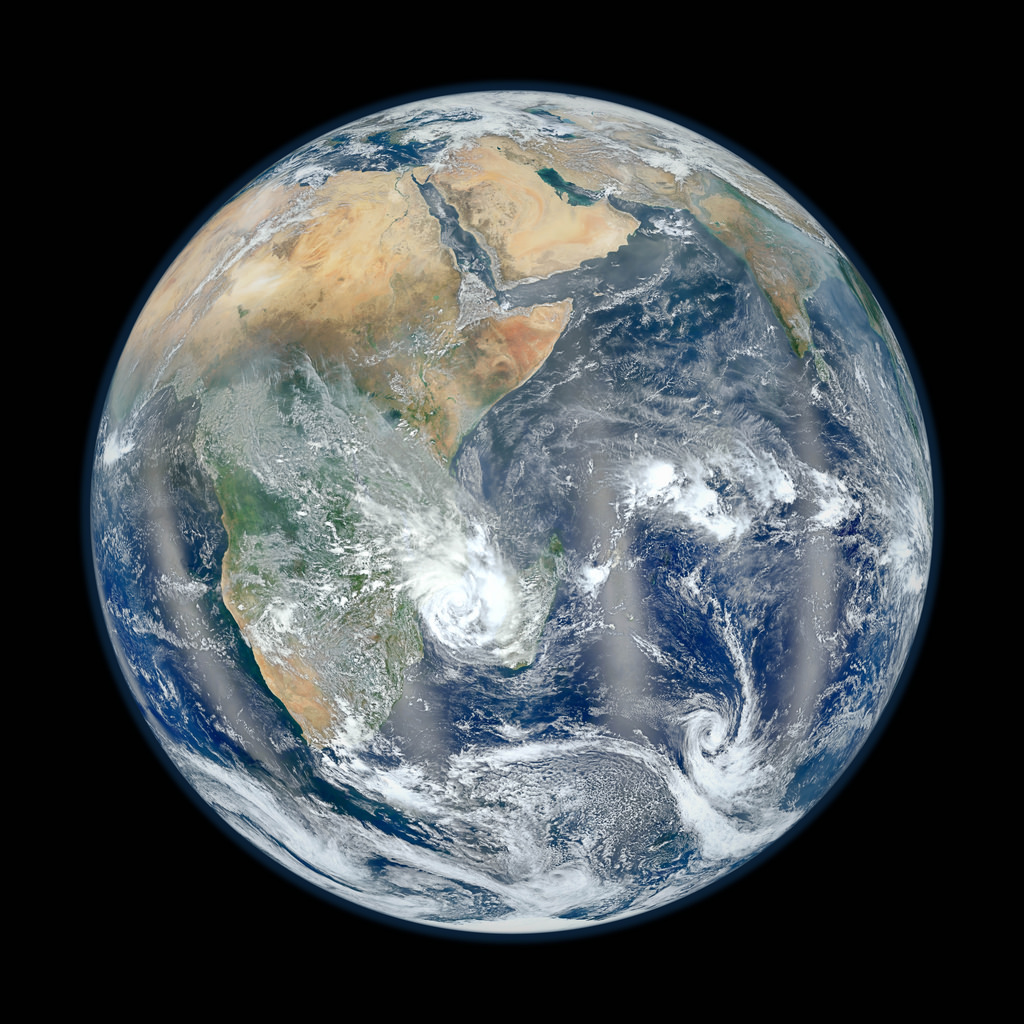[/caption]
Europe scored a major space success with today’s (Feb. 13) flawless maiden launch of the brand new Vega rocket from Europe’s Spaceport in Kourou, French Guiana.
The four stage Vega lifted off on the VV01 flight at 5:00 a.m. EST (10:00 GMT, 11:00 CET, 07:00 local time) from a new launch pad in South America, conducted a perfectly executed qualification flight and deployed 9 science satellites into Earth orbit.
Vega is a small rocket launcher designed to loft science and Earth observation satellites.
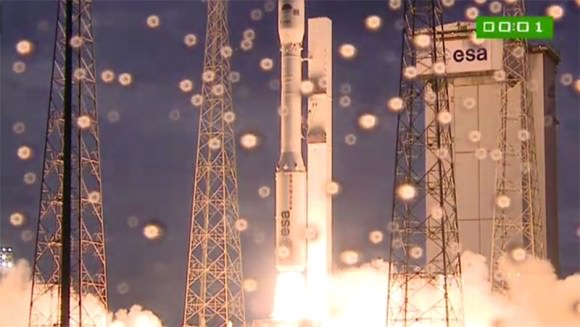
The payload consists of two Italian satellites – ASI’s LARES laser relativity satellite and the University of Bologna’s ALMASat-1 – as well as seven picosatellites provided by European universities: e-St@r (Italy), Goliat (Romania), MaSat-1 (Hungary), PW-Sat (Poland), Robusta (France), UniCubeSat GG (Italy) and Xatcobeo (Spain).
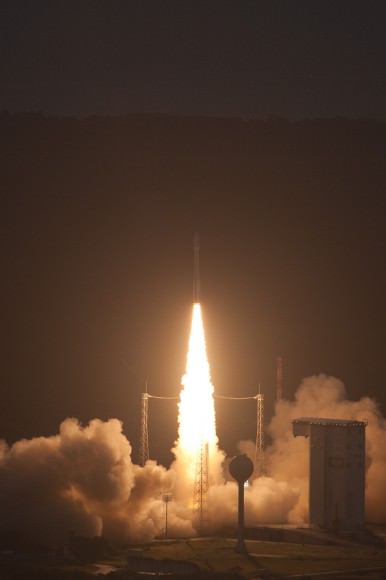
Three of these cubesats were the first ever satellites to be built by Poland, Hungary and Romania. They were constructed by University students who were given a once in a lifetime opportunity by ESA to get practical experience and launch their satellites for free since this was Vega’s first flight.
The 30 meter tall Vega has been been under development for 9 years by the European Space Agency (ESA) and its partners, the Italian Space Agency (ASI), French Space Agency (CNES). Seven Member States contributed to the program including Belgium, France, Italy, the Netherlands, Spain, Sweden and Switzerland as well as industry.
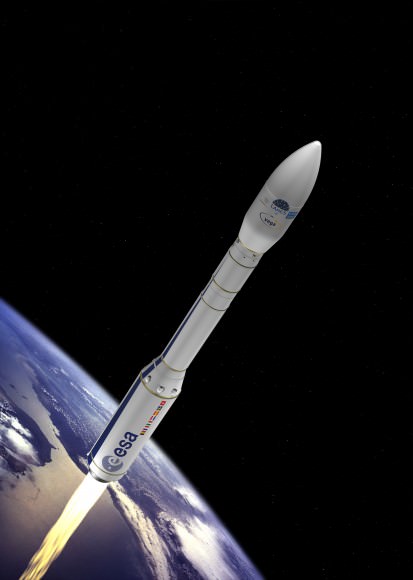
Vega joins Europe’s stable of launchers including the venerable Ariane V heavy lifter rocket family and the newly inaugurated medium class Russian built Soyuz booster and provides ESA with an enormous commercial leap in the satellite launching arena.
“In a little more than three months, Europe has increased the number of launchers it operates from one to three, widening significantly the range of launch services offered by the European operator Arianespace. There is not anymore one single European satellite which cannot be launched by a European launcher service,” said Jean-Jacques Dordain, Director General of ESA.
“It is a great day for ESA, its Member States, in particularly Italy where Vega was born, for European industry and for Arianespace.”
Dordain noted that an additional 200 workers have been hired in Guiana to meet the needs of Europe’s burgeoning space programs. Whereas budget cutbacks are forcing NASA and its contractors to lay off tens of thousands of people as a result of fallout from the global economic recession.
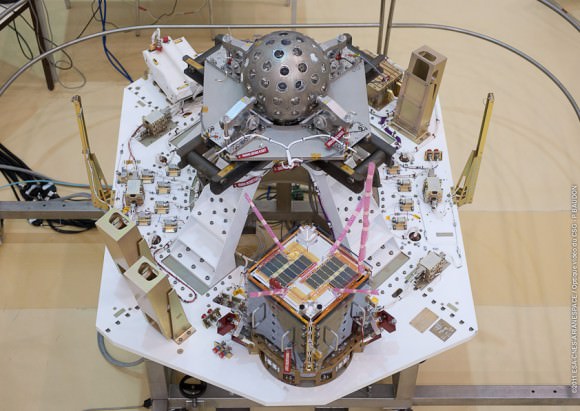
Credits: ESA, CNES, Arianespace, Optique Video du CSG, P. Baudon
ESA has already signed commercial contracts for future Vega launches and 5 more Vega rockets are already in production.
Vega’s light launch capacity accommodates a wide range of satellites – from 300 kg to 2500 kg – into a wide variety of orbits, from equatorial to Sun-synchronous.
“Today is a moment of pride for Europe as well as those around 1000 individuals who have been involved in developing the world’s most modern and competitive launcher system for small satellites,” said Antonio Fabrizi, ESA’s Director of Launchers.
